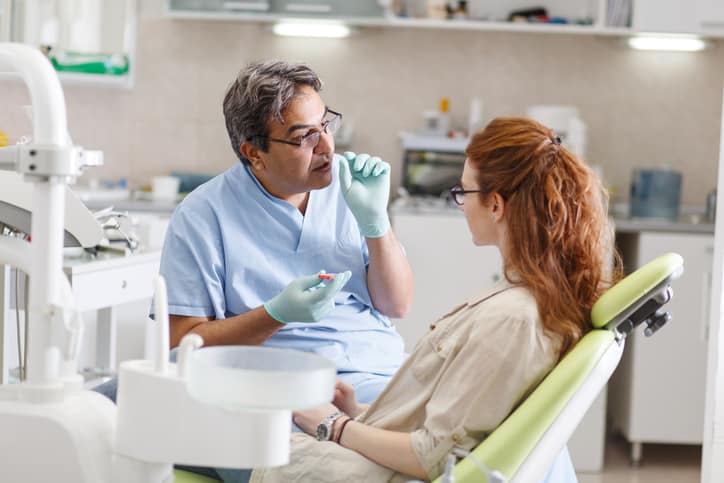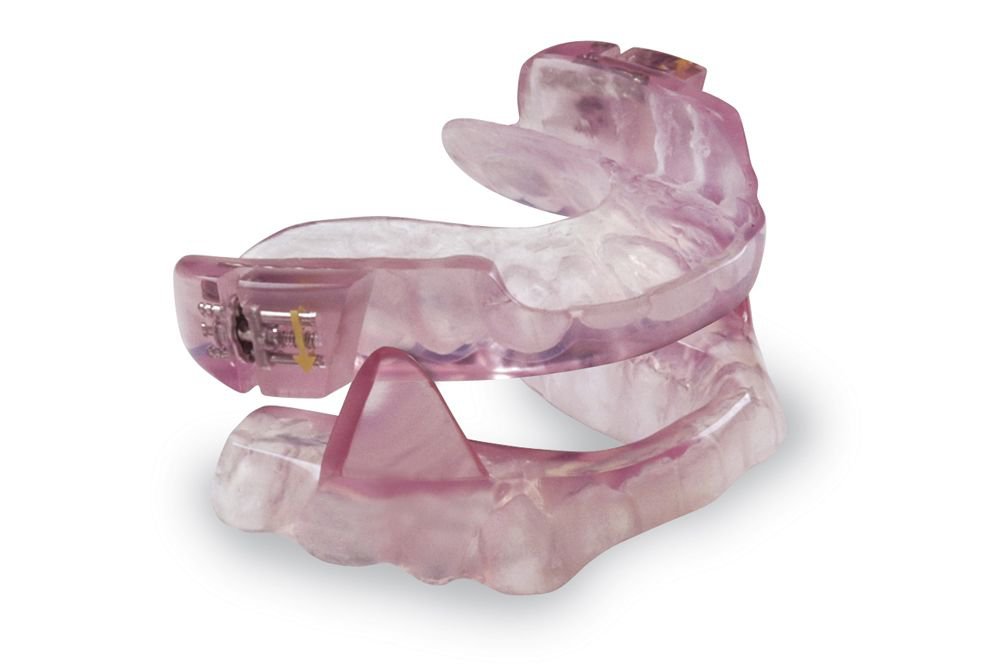Best oral appliance for sleep apnea
Table of Contents
Table of Contents
Sleep apnea is a serious sleep disorder that affects millions of people worldwide, and the use of dental appliances can be an effective treatment. However, collaboration between dental professionals and other healthcare providers is essential to ensure successful treatment.
Many people with sleep apnea find it difficult to tolerate continuous positive airway pressure (CPAP) therapy, which is commonly used to treat the condition. Dental appliances, also known as oral appliances, can be a comfortable and effective alternative for these patients. However, selecting the most appropriate appliance for each patient can be challenging, and working together with other healthcare professionals can ensure that the patient receives the best possible care.
Collaboration between dental professionals and sleep medicine specialists is vital for the successful management of sleep apnea with dental appliances. Sleep medicine specialists can provide a diagnosis and determine the severity of the sleep apnea, while dental professionals can design, fit, and adjust the appliances. Collaboration with other healthcare providers, such as primary care physicians and otolaryngologists, is also important to ensure that all aspects of the patient’s care are managed effectively.
In summary, collaboration between healthcare professionals is essential to effectively treat sleep apnea with dental appliances. Dentists, sleep medicine specialists, primary care physicians, and otolaryngologists must work together to provide the best possible care for each patient.
Dental Appliances for Sleep Apnea and Treatment Professional Collaboration: A Personal Experience
As a dental professional, I have seen firsthand the positive impact of collaboration with sleep medicine specialists in treating sleep apnea with dental appliances. Recently, I had a patient who was diagnosed with severe sleep apnea, but was unable to tolerate CPAP therapy. Working with a sleep medicine specialist, we were able to design and fit a custom oral appliance that provided the patient with a comfortable and effective treatment. The patient’s quality of life has greatly improved, and I am grateful for the opportunity to collaborate with other healthcare professionals to provide the best possible care.
The Benefits of Collaboration for Dental Appliances for Sleep Apnea and Treatment
Collaboration between healthcare professionals has numerous benefits for the treatment of sleep apnea with dental appliances. By working together, healthcare providers can ensure that the patient receives a comprehensive and individualized treatment plan. Additionally, collaboration can lead to better outcomes, increased patient satisfaction, and improved communication between healthcare providers.
The Importance of Communication in Dental Appliances for Sleep Apnea and Treatment Professional Collaboration
Effective communication between healthcare providers is crucial for the successful treatment of sleep apnea with dental appliances. Clear and concise communication can prevent misunderstandings and ensure that all providers are working towards the same goal. Collaborating providers should regularly communicate updates and changes in the patient’s care, as well as discuss potential challenges or concerns.
The Role of Technology in Dental Appliances for Sleep Apnea and Treatment Professional Collaboration
Technology can play a significant role in the collaboration between healthcare professionals for the treatment of sleep apnea with dental appliances. Electronic health records (EHRs) can provide a shared platform for healthcare providers to access and update patient information. Telehealth technology can also enable remote consultations and follow-up appointments, providing a convenient and efficient way for providers to work together.
Question and Answer
Q1. What is the most common alternative to CPAP therapy for sleep apnea?
A1. Dental appliances, also known as oral appliances, are a common alternative to CPAP therapy for sleep apnea treatment.
Q2. What is the role of sleep medicine specialists in the treatment of sleep apnea with dental appliances?
A2. Sleep medicine specialists can provide a diagnosis and determine the severity of sleep apnea, as well as oversee the patient’s treatment plan.
Q3. Why is collaboration between healthcare providers important for the treatment of sleep apnea with dental appliances?
A3. Collaboration ensures that the patient receives a comprehensive and individualized treatment plan, and can lead to better outcomes and increased patient satisfaction.
Q4. What technology can enable healthcare providers to collaborate effectively for sleep apnea treatment?
A4. Electronic health records (EHRs) and telehealth technology can enable healthcare providers to collaborate effectively for the treatment of sleep apnea with dental appliances.
Conclusion of Dental Appliances for Sleep Apnea and Treatment Professional Collaboration
Dental appliances for the treatment of sleep apnea can be an effective alternative to CPAP therapy, but collaboration between healthcare professionals is vital for successful treatment. Collaboration between dentists, sleep medicine specialists, primary care physicians, and otolaryngologists ensures that patients receive an individualized and comprehensive treatment plan. Effective communication and the use of technology can enhance collaboration between providers and improve patient outcomes.
Gallery
Best Dental Appliances For Obstructive Sleep Apnea - Home & Home

Photo Credit by: bing.com / apnea obstructive
Dental Appliances For Sleep Apnea | Your Beautiful Smile

Photo Credit by: bing.com / apnea
Types Of Sleep Apnea Dental Appliances In Michigan | Clinton Dental Center

Photo Credit by: bing.com / apnea sleep dental types appliances michigan
Best Oral Appliance For Sleep Apnea - Hhowelldesigner

Photo Credit by: bing.com / appliance apnea southlakestyle appliances obstructive
Holly Springs, Raleigh Dental Sleep Apnea | Klooster Family Dentistry

Photo Credit by: bing.com / apnea orthotic disorder lower tmj retainer dentistry shifts airway



